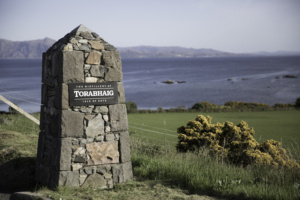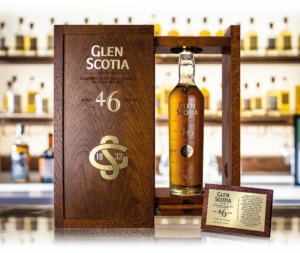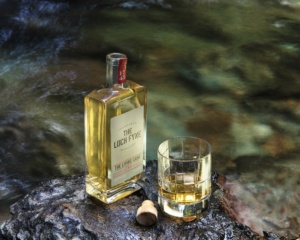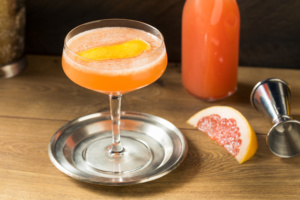Sugar, Spice and Everything Nice
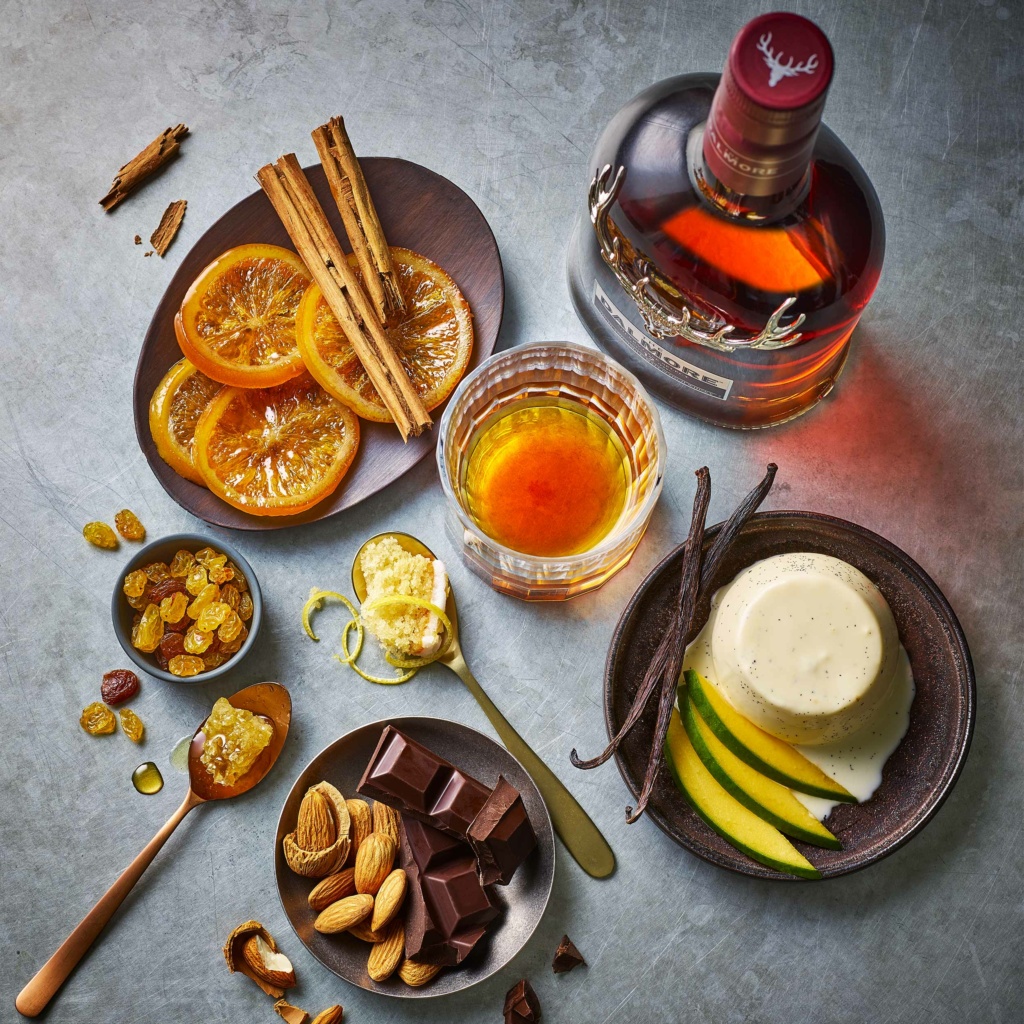
If you're new to whisky, the term "sherry bomb" might sound threatening. Fortunately, the reality is much more delicious than it is dangerous! It's not known who officially coined the term, but in the whisky world, the definition of a sherry bomb whisky is widely accepted as a whisky that has been treated to a full maturation - as opposed to a finish - in sherry casks. The resulting liquid is often rich in both colour and flavour, imbued with pleasing deep red hues and a full-bodied, fruity character. If you've ever tried a dram of Aberlour A'bunadh, GlenDronach 15 Year Old, Dalmore 15 Year Old, or anything described as "liquid Christmas cake," then you can be sure that you've experienced a sherry bomb.
What is sherry?
Sherry is one of the world's oldest wines; more specifically, it is a Spanish fortified wine made in the "Sherry Triangle" - the wine region of southwest Spain bounded by Jerez de la Frontera, Sanlucar de Barrameda, and Puerto de Santamaria. By law, the grapes must be grown in the Jerez region of southern Spain and the liquid itself should be aged there too. Otherwise, it isn't sherry!
A match made in heaven
So, where did the sherry and Scotch alliance begin? The story goes all the way back to The Eighty-Year War (1568-1648) when Anglo-Spanish relations grew sour, and consequently, Britain's sherry stocks fell to an all-time low. It was only when Sir Francis Drake sieged the port of Cadiz in 1587 and returned to Britain with 2,900 wine barrels that the country's sherry drought came to a triumphant end. A sherry sensation swept the nation and it became a particularly fashionable drink in Scotland towards the eighteenth century. It was only a matter of time before Scotch whisky makers discovered the advantages of using sherry casks to age Scotch: it made sense to reuse casks rather than spending money on new ones - not to mention that these barrels massively improved the look and taste of their ageing spirit!
An evolution of consumer tastes and trends ultimately led to the sherry cask meeting its demise in 1981, when the Spanish Government demanded that all sherry be bottled in Spain prior to export. This made it harder to ship the casks in good condition; exported dry barrels often arrived tainted and cracked, much to the chagrin of Scottish whisky makers. But many distilleries fought on and continued to use sherry casks, and some of them even saw it coming. The Macallan, an exemplar sherry success story, began to build business relationships with Jerez cooperages and bodegas as early as the 1950s, paying wine makers to season" the barrels with sherry before shipping them to Scotland. For The Macallan, it was a perseverance that certainly paid off, with the current demand for sherry cask-matured whiskies showing no signs of slowing.
The bigger the bomb, the better the whisky?
A relatively new term, and much like the "peat monster" (another scary-sounding but harmless whisky personification), sherry bomb whiskies have attracted their own devoted following of fans over the years. The Sherrybomb Whisky Appreciation Society on Facebook currently has over 4,500 members, including The GlenDronach Master Blender Dr Rachel Barrie, where malt fans share their, well, appreciation from heavily sherried drams. Devotees of sherry bomb drams claim that these are the crème de la crème of the whisky world, but as with most whisky trends, there are plenty of critics ready to take the sherry bomb off its pedestal. We took to social media to ask members of The W Club and The Whisky Shop team: is the sherry bomb the be-all and end-all of whisky?
Pass me by
The powerful profile of a sherry bomb is a big reason why whisky fans are drawn to them, but critics argue that the weight of the sherry in these drams outstrips any unique distillery character. Daniel on Instagram writes, "I find it possible to get sherry cask fatigue and sometimes struggle to differentiate between sherried whiskies. Unless you have a stand out spirit that shines through the cask, you can get lost! I tend to alternate and have nights of sherry bombs and then not go back to them for a while."
One scathing (and anonymous) comment from a member reads, "Sometimes you can encounter a whisky that's so sherried, it may as well be a sherry that you can pay half the price for!" Ouch. While another member comments, "I think they're overrated and in some cases muffle or eradicate the distillery spirit DNA the team work so hard to produce. This argument that 80 per cent of flavour comes from a cask needs to stop - what does it say about your spirit if that's the case? Fill into the cask whatever you want, and it'll be fine because it's a sherry cask? Nonsense." Double ouch. A more diplomatic response comes from the manager of The Whisky Shop in Manchester, Phil Dwyer, who says there's nothing wrong with loving sherry bomb whiskies. "Some are undoubtedly the best in their fields," explains Phil. "But sometimes they're just too much."
"Realistically, distillery character plays a huge part. The reason The Macallan, The GlenDronach and Aberlour work so well in sherry goes beyond a barrel that's very active with colour.
"Finding whiskies with delicate and more subtle influences, especially in older age statements, is a joy. 99 per cent of all casks in Scotland are bourbon and I feel they deserve more time in the spotlight. Not only for doing a lot of the hard graft, but for holding up an industry for such a long time."
Pass the bottle
As expected, the response in favour of sherry bombs was nothing short of enthusiastic. Owen on Instagram writes, "Sherry bombs are 100 per cent the pinnacle of whisky! I always find that sherried drams are more memorable than bourbon-matured, probably down to the richness and depth of the flavour."
A few notable distilleries, like The GlenDronach, The Macallan, The Dalmore and Aberlour, have production processes that are simply meant to be paired with sherry. And the world-renowned whiskies they've produced have been no half-hearted attempt; more often than not, they're the result of strong relationships with Jerez cooperages and scrupulous cask selections.
Alternatively, sherry bomb fans suggest that there isn't a need to take it all so seriously. Claire writes, "I always think of the chefs I know. Yes, they love wonderful food, but they also know a massive bag of doughnuts and a McDonald's milkshake is just as delicious!" In other words, there's room to enjoy heavily sherried whiskies without any guilty sentiment that they might be less refined. After all, we drink whisky to enjoy it, don't we?
The Verdict
At The W Club, we find it hard to resist indulging in a good sherry bomb. And call us shallow, but sometimes you just can't beat that deep, rich ruby-red colour on the shelf...
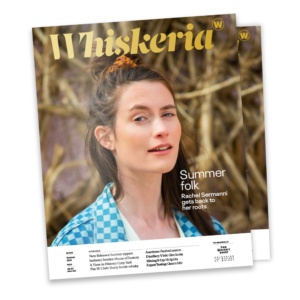
The original feature is from the Summer 2021 edition of Whiskeria, delivered to the door of W Club subscribers and also free with any Whisky Shop purchase in store or online. Click here to read the full Spring 2021 issue of Whiskeria online for free.
 4.7/5 with 10,000+ reviews
4.7/5 with 10,000+ reviews


